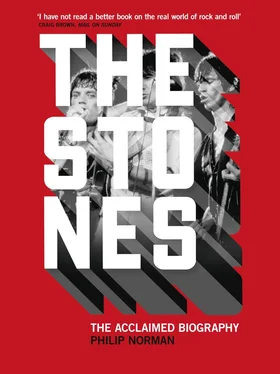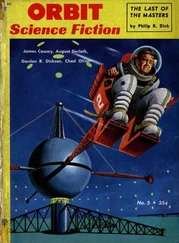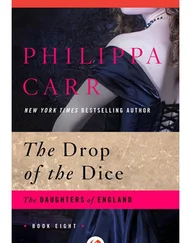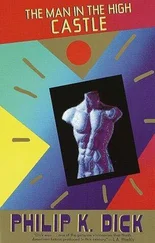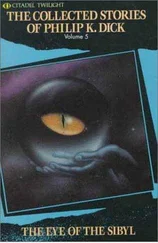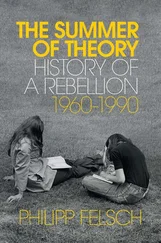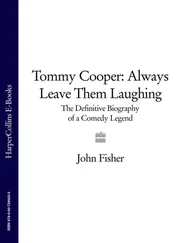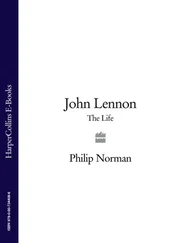Nowadays, there are expensively illustrated books to familiarize us with r & b’s golden postwar age. There are the photographs of Muddy Waters, Jimmy Reed, Otis Rush or T-Bone Walker, in their white shirts and gabardine trousers, singing against heavy silver microphones, perspiring over huge guitars with pearled fretboards, in clubs, bar lounges or juke joints, some tropic Forties night below the Mason-Dixon line. There are the show bills – usually from the Apollo Theatre in Harlem – which depict the young B.B. King, Bo Diddley or Fats Domino, wearing demure tuxedos and tiny bow ties, and smiling with a strained, reassuring politeness.
The smile of an r & b artist circa 1949 was the smile of someone expecting to be beaten up at any moment. The blues – stigmatized since the Twenties as ‘race’ or ‘specialty’ music – had been generally too esoteric for whites to understand. Rhythm and blues, with its flash suits, flaunted saxes and unrepressed sexuality, seemed to offer the most blatant threat to respectable – that is to say, all-white – society. It was denounced as lewd, ungodly, demented, a corrupter of children. Its clubs were raided and wrecked by white vigilantes; its performers attacked and, in not a few cases, lynched. Up to 1956 or so, every blues band travelling in its own country was a band on the run.
Throughout the Forties and early Fifties, its greatest creative period, the music remained segregated and submerged. Though r & b songs often appeared in the American hit parade, they were bowdlerized versions, purged of their sexual content by all-white crooners and dance bands. Roll With Me, Henry, an overt sexual challenge, for instance, became Dance With Me, Henry, an invitation to foxtrot. The original artists, with a few exceptions, were unknown to the general record-buying public. They could perform only in black clubs, record only on obscure black-owned labels, have their discs played only by the handful of radio stations controlled by blacks. When Bo Diddley finally got a booking on nationwide TV in 1958, it was stipulated that, to preserve decency, he must perform completely motionless. On camera, Diddley forgot his promise, lapsed into a shuffling pas seul and was docked his entire fee.
‘Help save the youth of America!’ – so ran one anti-r & b pamphlet of the early Fifties. ‘Don’t let your children buy or listen to these Negro records. The screaming, idiotic words and savage music are undermining the morals of our white American youth …’
A prophecy of things to come if ever there was one.
It is a journey further than any bluesman could imagine from Beale Street, Memphis, to Bexley in deepest Kent and the playground of Maypole infants’ school, where, one sunny day in 1950, teacher Ken Llewellyn called a group of his favourite pupils together for an informal photograph. The boys who assembled were the brightest and liveliest in Mr Llewellyn’s class. They included Robert Wallis and John Spinks and Michael Jagger, the least likely of all to stand still for a photograph. The others reined him in with arms around his shoulders, neck and waist. They stood together in their flannel shorts, their elastic school belts with metal S-clasps, English schoolboys at their apotheosis, laughing into the warm, safe, quiet Fifties sky.
Kent as a county begins in London, south-east of the Thames, in ranks of suburbs barely distinguishable from one another, crossed by railway bridges, whose names are synonyms for dullness and decorum – Bexley, Bromley, Beckenham, Dartford, Sidcup, Sevenoaks and the rest. One must travel far on grubby trains, crossing many bridges, to discover what is still called ‘the Garden of England’, with its apple orchards, hop fields and oast houses. It is a large and bewilderingly imprecise county, ranging from the miles of drab dockland around Chatham and Rochester to the Regency splendours of Royal Tunbridge Wells; from the medieval majesty of Canterbury Cathedral to the faded Victorian seaside of Margate and Broadstairs, where Charles Dickens wrote Bleak House . Somewhere in the sprawling landscape is the field in which Mr Pickwick lost his hat while watching military manoeuvres, the bucolic landscape, bespoken by Alfred Jingle, of ‘apples, hops, cherries, women’.
Least romantic of all Kentish suburbs is Dartford, where, on December 7, 1940, Basil Joseph Jagger married Eva Scutts. The bridegroom was a slight, quiet-looking man whose wiry frame betrayed his calling as physical-training teacher. The bride was a pretty young woman with a wide smile and that air of determined gentility which sometimes goes with slight foreignness. Eva, in fact, had been born in Australia and had emigrated to Britain with her family in her early teens. The best man was Basil’s more ebullient brother, Albert. Afterwards, there was a reception for fifty guests at the Coneybeare Hall.
Basil – known as Joe to his family and friends – was not merely a drill sergeant in white singlet and gym shoes, exhorting local schoolchildren to lift up their knees and swing their arms. He subsequently became a lecturer in physical education at Strawberry Hill College, Twickenham. Horace Walpole’s sumptuous mock-Gothic mansion was – and still is – the nucleus of this teacher-training institute, run by a Catholic order, the Vincentians, to supply Catholic schools all over the world. Joe Jagger’s job was to give a grounding in physical education simple and comprehensive enough to be passed on to student priests or mission children in the wilds of Africa or Asia.
He also worked as a lecturer with the nascent British Sports Council. His speciality was basketball, an American sport not much in vogue in mid-Fifties Britain. Joe Jagger was among the pioneers of the British basketball movement and was the author of what remains the definitive book on the subject, published by Faber and Faber in 1962.
His wife Eva was a lively and energetic person whose vivacity at times seemed to verge on the domineering. Eva had always been secretly rather ashamed of her Australian origin, with its implied stigma of roughness and unsophistication. Marriage to Joe, with his markedly superior social standing and education, increased her determination to show herself the equal of any true ‘Brit’. Their small house, in Denver Road, Dartford, was scoured by Eva into a spotless state the equal of any neighbour’s. Joe and Eva’s whole life as a young married couple was dictated by consideration of what those ever-vigilant neighbours might think.
Their first son, Michael Philip, was born on July 26, 1943. The tide of the Second World War had long since turned in the Allies’ favour, but Britain was still an embattled redoubt of air-raid precautions, white-helmeted wardens, clothing coupons and butcher-shop queues. Though the RAF nightly pounded Hamburg and Essen in ‘thousand-bomber raids’, attacks by the German Luftwaffe on London continued. The Kent suburbs heard the distant thunder and saw the horizontal flashes as the poor old East End caught it from the sky again.
Michael Jagger was a child of absolutely conventional beauty, with chubby cheeks, guileless eyes and hair that assumed a reddish tinge. As a toddler, he proved amiable and obedient, though prone to boisterous spirits that could sometimes go too far. Once, on holiday at the seaside, his mother remembers, he marched along the beach, deliberately kicking down every other child’s sandcastle in his path. His reign as an adored only child lasted until 1947, when Eva presented him with a younger brother, Christopher.
Home life for the Jagger brothers was pervaded by their mother’s house-proud fastidiousness and their father’s devotion to physical fitness. Their Denver Road neighbours were accustomed to seeing the small back garden of the Jagger house littered with sports equipment – weight-training barbells, cricket stumps and archery targets. Other children asked home to tea by Mike or Chris were somewhat intimidated by the schoolmasterly regimen, which included Grace before meals and a system of fixed penalties and punishments for misbehaviour.
Читать дальше
